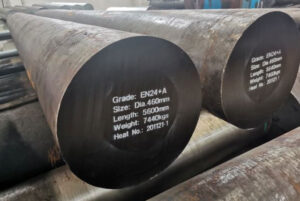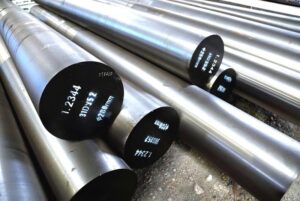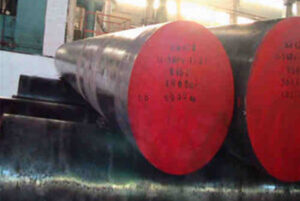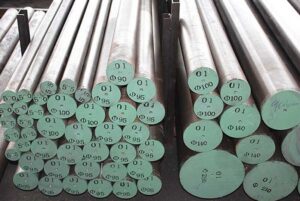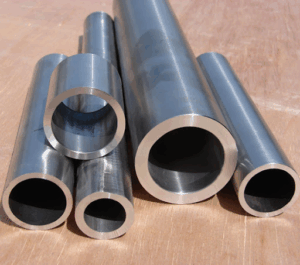AISI 440C stainless steel is a high-carbon martensitic stainless steel known for its exceptional hardness and corrosion resistance. This steel grade is widely used in applications that require both durability and high strength, such as bearings, cutlery, and surgical instruments. With a high carbon content, 440C stainless steel can be heat treated to achieve a significant level of hardness, making it an ideal choice for high-stress environments. Let’s dive deeper into the specifics of AISI 440C stainless steel, exploring its chemical composition, mechanical properties, applications, heat treatment, suppliers and pricing, as well as its advantages and disadvantages.
Chemical Composition of AISI 440C Stainless Steel
The chemical composition of AISI 440C stainless steel is crucial in defining its properties. Here’s a detailed breakdown:
| Nguyên tố | Percentage (%) |
|---|---|
| Carbon (C) | 0.95 – 1.20 |
| Crôm (Cr) | 16.00 – 18.00 |
| Manganse (Mn) | 1.00 max |
| Silicon (Si) | 1.00 max |
| Molypden (Mo) | 0.75 max |
| Phốt pho (P) | 0.040 max |
| Lưu huỳnh (S) | 0.030 max |
The high carbon content enhances hardness and wear resistance, while chromium provides the stainless steel’s signature corrosion resistance.
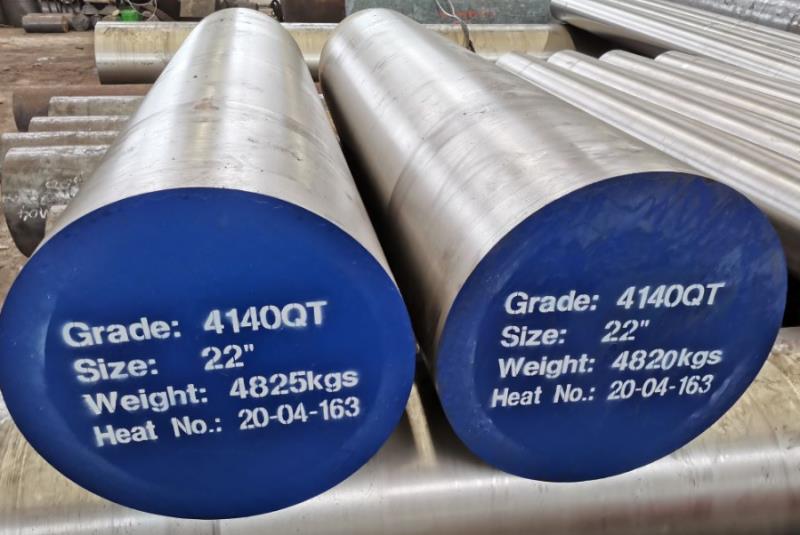
Mechanical Properties of AISI 440C Stainless Steel
The mechanical properties of AISI 440C stainless steel make it a versatile material for various demanding applications. Here’s an overview:
| Tài sản | Giá trị |
|---|---|
| Độ bền kéo | 760 MPa – 1970 MPa |
| Độ bền kéo | 450 MPa – 1900 MPa |
| Hardness (Rockwell C) | 57 – 60 |
| Elongation at Break (%) | 2 – 10 |
| Hệ số đàn hồi | 200 GPa |
These properties underscore the material’s capability to withstand significant stress and its suitability for high-stress applications.
Ứng dụng của AISI 440C Stainless Steel
AISI 440C stainless steel finds its use in a variety of applications due to its impressive properties. Below is a summary of common applications:
| Đơn đăng ký | Chi tiết |
|---|---|
| Bearings | High load-bearing capacity and durability |
| Cutlery | Sharpness and corrosion resistance |
| Surgical Instruments | Sterility and strength |
| Valves and Pumps | Wear resistance and longevity |
| Aerospace Components | Tỷ lệ cường độ trên trọng lượng cao |
| Marine Equipment | Corrosion resistance in harsh environments |
The versatility of AISI 440C stainless steel makes it a favorite across numerous industries.
Heat Treatment of AISI 440C Stainless Steel
Heat treatment processes are crucial for achieving the desired mechanical properties in AISI 440C stainless steel. Here’s a detailed look at the heat treatment process:
| Quy trình | Chi tiết |
|---|---|
| Ủi nhiệt | 850°C to 900°C, then slowly cooling in the furnace |
| Hardening | 1010°C to 1065°C, then oil or air quenching |
| Ủ nhiệt | 150°C to 370°C depending on the required hardness |
| Sub-Zero Treatment | Optional, to enhance dimensional stability |
These processes help in tailoring the steel’s properties to meet specific application needs.
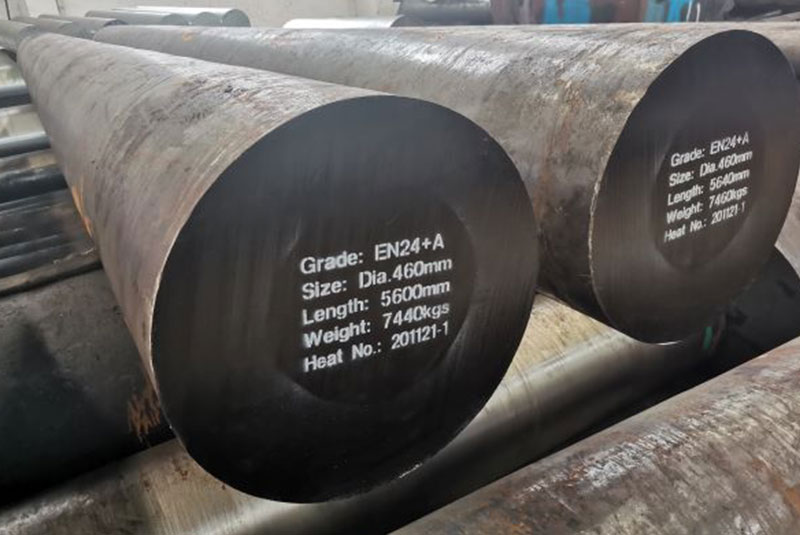
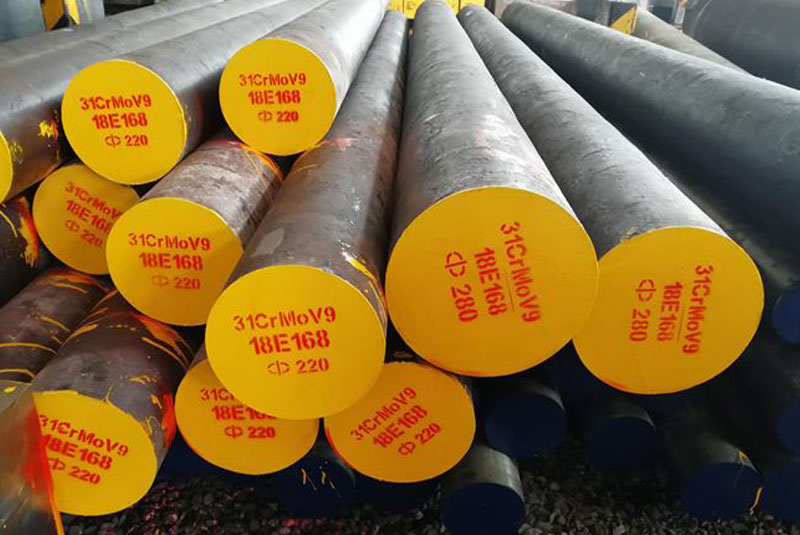
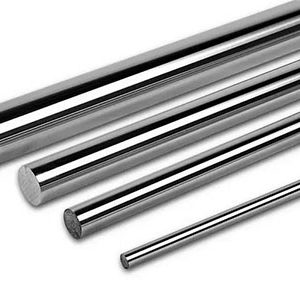
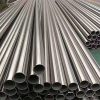
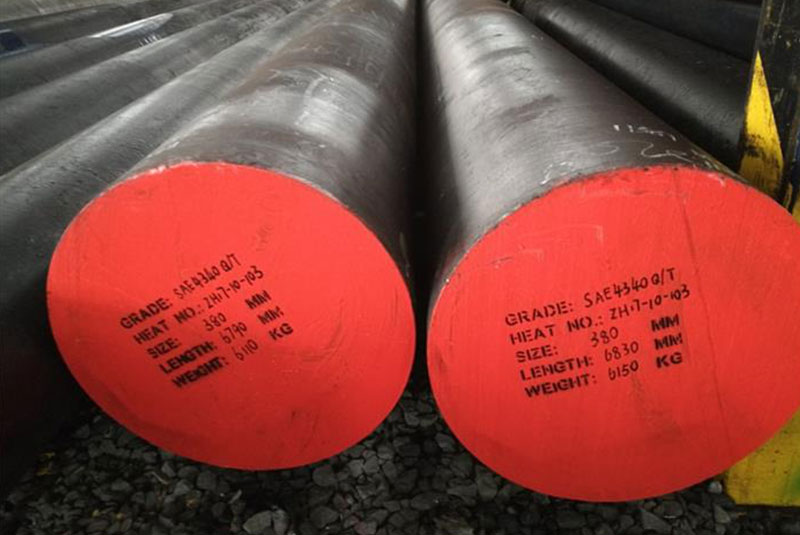
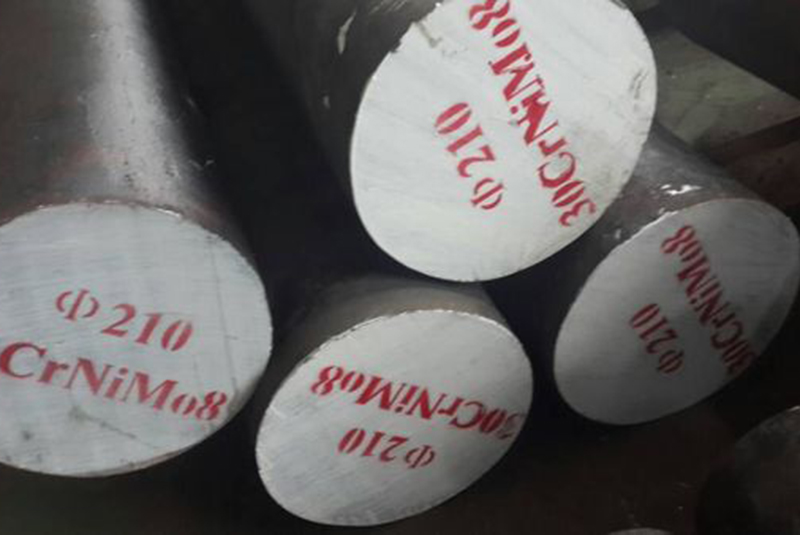
Suppliers and Pricing Details of AISI 440C Stainless Steel
Understanding where to procure AISI 440C stainless steel and the associated costs is essential for planning and budgeting. Here’s an overview:
| Nhà cung cấp | Location | Giá (mỗi kg) | Ghi chú |
|---|---|---|---|
| Nhà cung cấp A | Hoa Kỳ | $10 – $15 | Discounts on bulk orders |
| Nhà cung cấp B | Châu Âu | €8 – €12 | Custom cutting services available |
| Nhà cung cấp C | Châu Á | $9 – $13 | Extensive inventory and fast shipping |
Prices can vary based on the quantity, specifications, and market conditions.
Comparing Advantages and Disadvantages of AISI 440C Stainless Steel
When choosing a material, it’s essential to weigh the pros and cons. Here’s a comparison:
| Aspect | Ưu điểm | Nhược điểm |
|---|---|---|
| Độ cứng | Extremely hard and wear-resistant | Difficult to machine due to high hardness |
| Khả năng chống ăn mòn | High resistance to corrosion and staining | Can be prone to rust if not properly maintained |
| Ứng dụng | Versatile, suitable for high-stress applications | Higher cost compared to some other stainless steels |
| Xử lý nhiệt | Can be heat treated to various hardness levels | Requires precise control to avoid brittleness |
Understanding these factors can guide decision-making in selecting the appropriate material for specific uses.
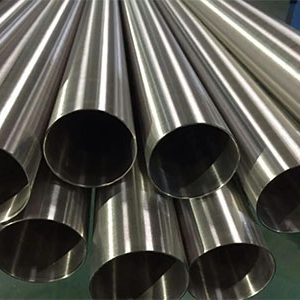
Câu hỏi thường gặp
To address common questions, here’s a helpful FAQ section:
| Câu hỏi | Trả lời |
|---|---|
| What makes AISI 440C stainless steel special? | Its high carbon content and excellent hardness and corrosion resistance. |
| How does AISI 440C compare to other stainless steels? | It offers higher hardness and wear resistance compared to 304 and 316 grades. |
| Can AISI 440C be welded? | Yes, but it requires preheating and post-weld heat treatment. |
| What are common heat treatments for AISI 440C? | Annealing, hardening, tempering, and optional sub-zero treatment. |
| Where is AISI 440C stainless steel typically used? | In bearings, cutlery, surgical instruments, valves, and pumps. |
| Is AISI 440C expensive? | It can be pricier than other stainless steels due to its properties. |
| How is the machinability of AISI 440C? | It is challenging to machine because of its high hardness. |
Kết luận
AISI 440C stainless steel is a remarkable material known for its high hardness, excellent wear resistance, and good corrosion resistance. Its chemical composition and mechanical properties make it suitable for a wide range of demanding applications, from bearings to surgical instruments. Understanding the heat treatment processes and comparing the advantages and disadvantages can help in making informed decisions about using this steel grade. Whether you’re looking to source it for industrial applications or specialized uses, AISI 440C stainless steel stands out as a robust and reliable choice.
Feel free to dive deeper into each section and explore the specifics to match your requirements. Have questions or need more details? The FAQ section is there to help you out!

